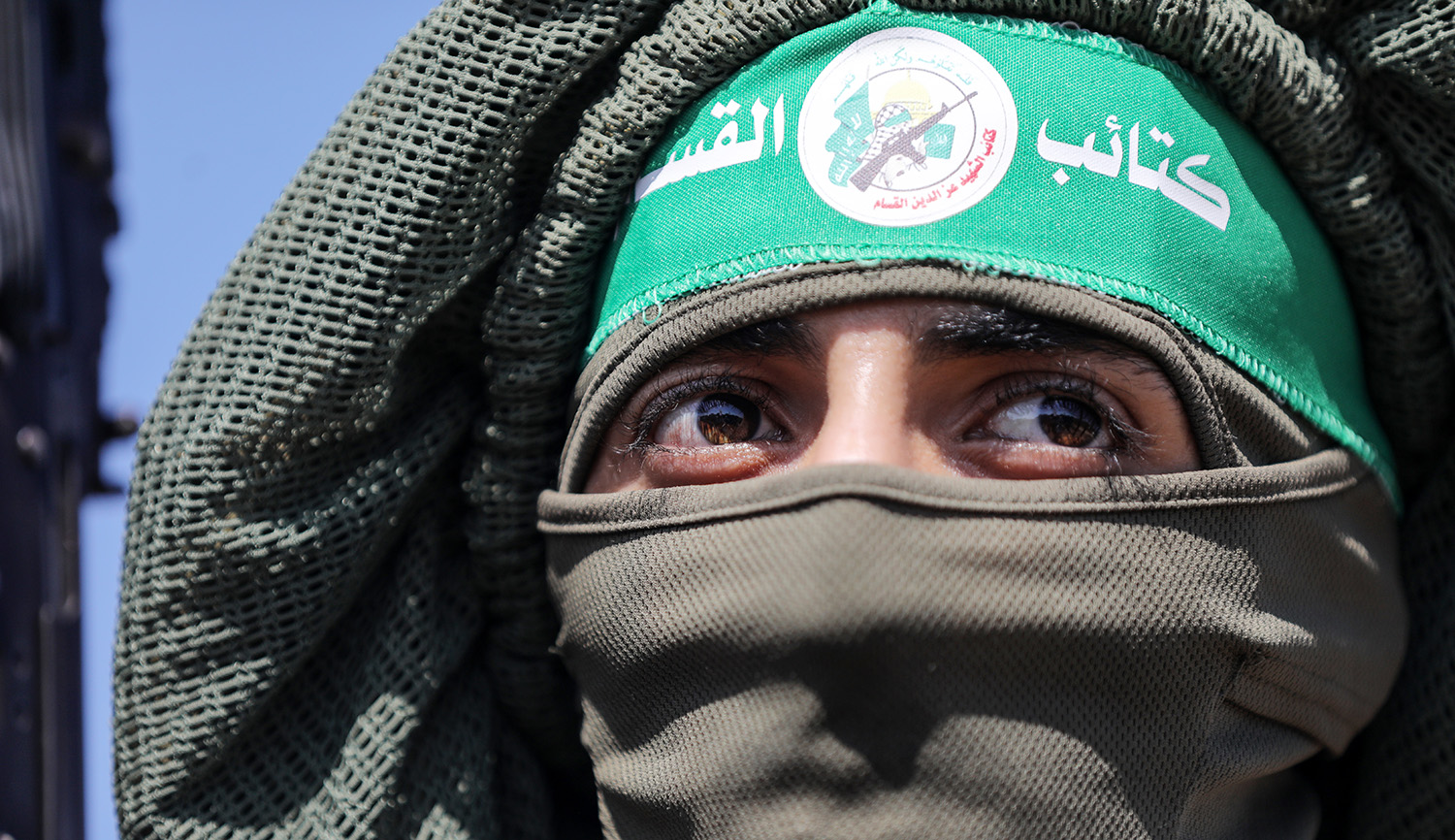In the summer of 2018, Bashar al-Assad’s forces seized the Syrian portion of the Golan Heights from rebel forces after several years of fighting. Jerusalem had hoped, writes Alex Fishman, that this development would at least bring some stability to the area. Instead, the threat to Israel from Iran has increased, and stability is nowhere in evidence:
Syrian media [last] week reported that Israeli aircraft had dropped leaflets on the Syrian side of the Golan Heights, warning local residents and members of the Syrian Army’s 1st Corps stationed there that anyone who assists the Hizballah terror organization in acts of aggression towards Israel would be targeted by the IDF. . . . The leaflets were dropped a day after another Syrian news report that the IDF fired an anti-tank rocket at a target [in the area] and hit Hizballah and other pro-Iranian fighters.
[Meanwhile], the fighting continues. Pro-Assad forces, anti-Assad fighters, pro-Iran Hizballah proxies, and others are all fighting each other. Dozens of fighters are killed each month and occasional crossfire even crosses the border into Israel. . . . There is no normal civilian life on the Syrian side of the Golan Heights today. There are only fighters battling for territory and influence; some Syrian civilians are paid as little as $30 by Iran and Hizballah to attempt attacks on Israel.
The Iranians have been increasing their efforts to entrench themselves within the Syrian military [with the aim of] executing what it calls the “Golan file”—an effort to build a network of terror cells along the Israeli border on the plateau. The plan also includes establishing branches of Hizballah’s southern command to lay the groundwork for a second front against Israel, [in addition to the Israeli-Lebanese border], in a future war.
More about: Golan Heights, Hizballah, Iran, Israeli Security, Syria


